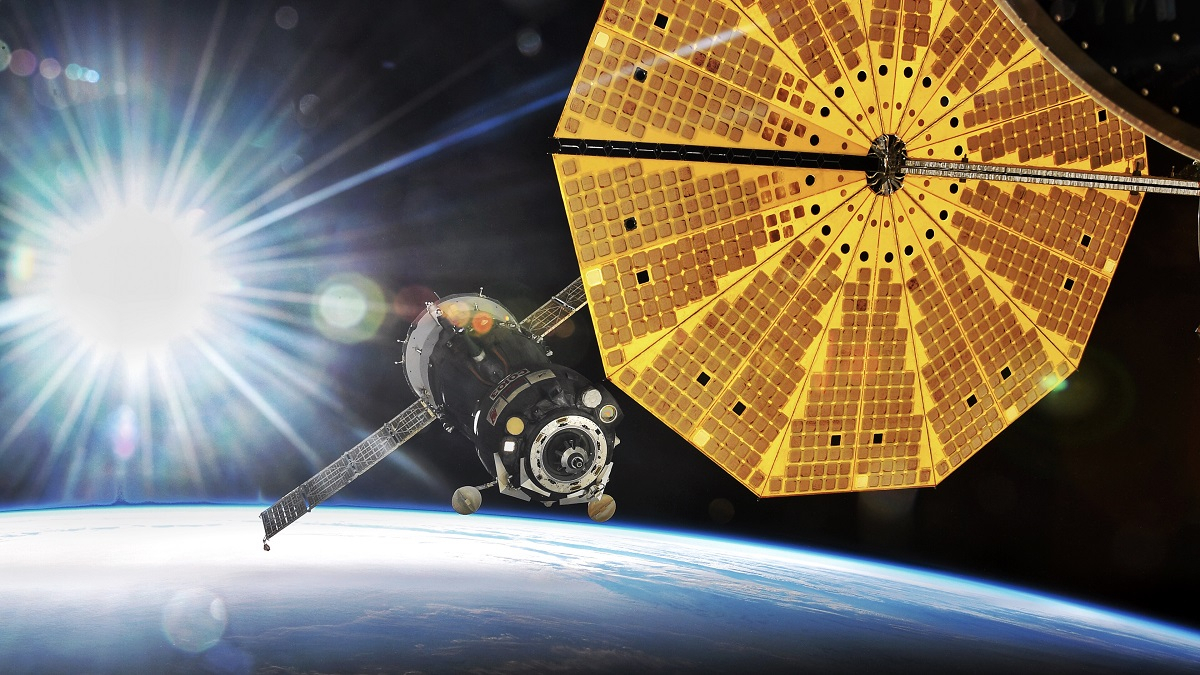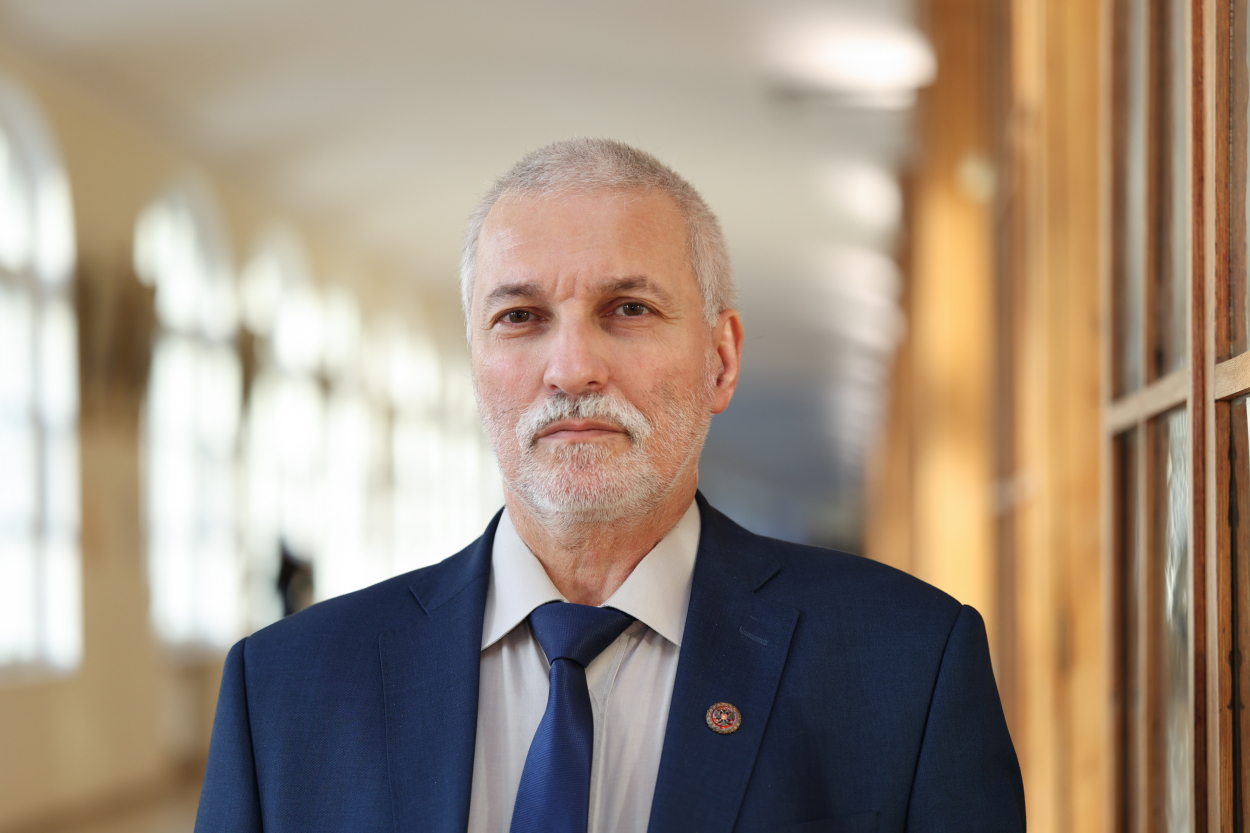AI in space, orbital debris, and training astrometricians: insights from the new issue of St Petersburg University magazine
How are launch vehicles designed? What innovations by scientists from St Petersburg University will enhance spacecraft stability, satellite communications, and internet connectivity? What advancements can improve cosmonaut performance? Find answers to these questions and more in the latest issue of St Petersburg University magazine.

In the 1920s, Soviet scientist Konstantin Tsiolkovsky proposed the concept of multi-stage rockets for space exploration. These designs made it possible to overcome Earth’s gravity and remain the primary method of transporting people and cargo into space today. To learn more about how rockets are designed, where they are built, and how St Petersburg University scientists have contributed to the field of rocketry, download the Transport to the Universe infographic.
The University’s researchers have developed a programme to analyse non-equilibrium processes in carbon dioxide. It can calculate the parameters necessary for a spacecraft’s safe descent to Mars, as well as other celestial bodies with high concentrations of CO₂ in their atmospheres, such as Venus and certain moons of Jupiter. Read the article "Controlling non-equilibrium" to discover how the programme was created and what additional tasks it can address.
The University’s specialists are exploring the use of anti-radiation shields to control the rotation of artificial earth satellites. What these shields are and how they ensure the stability of spacecraft operations in space are detailed in the article "Dual-purpose defence."
The University’s researchers are also developing artificial intelligence-based programmes to control constellations of telecommunications satellites. This research aims to enhance the quality and speed of satellite communications and Internet connectivity. Discover more in the article "Under the control of algorithms."
Since the 1980s, mathematicians from St Petersburg University have been studying ultra-fine space debris. As part of this research, scientists have determined how long polluting particles can "survive" in various orbits. Their findings aim to protect spacecraft from damage and support efforts to clean up near-Earth space from man-made micro-objects. Learn more in the article "Microscopic threat."

Spacecraft are equipped with a vast array of complex systems, all requiring maintenance that demands a strong memory and the ability to swiftly switch between tasks. While cosmonauts possess these skills, challenging working conditions in space can lead to a decline in their cognitive abilities. Researchers from St Petersburg University have proposed a method to evaluate this risk. Learn more in the article "The limits of adaptation."

Boris Eskin, Assistant Professor in the Department of Celestial Mechanics at St Petersburg University and coach of the Russian national team in astronomy and astrophysics, features in the latest issue of the St Petersburg University magazine. In the interview, he discussed why calculators were prohibited at the Astronomy Olympiad in St Petersburg, how participation in Olympiads keeps scientists feeling young, and the opportunities that astronomy education at St Petersburg University provides.

Also in this issue: learn how astrometricians are trained at th e University, discover the specialists required in international space law, explore how St Petersburg University’s engineers contributed to building the first large-scale structure in space, and read about the substance first identified on the Sun and later discovered on Earth.

